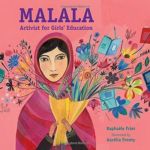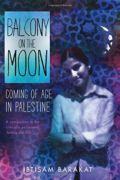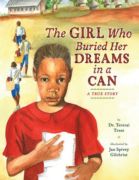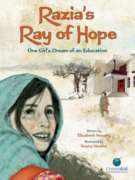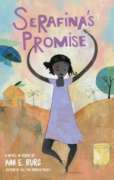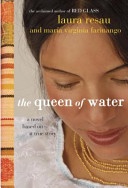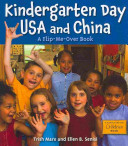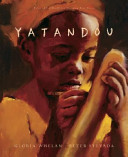
Yatandou lives in a Mali village with her family and neighbors. And though she is only eight years old and would much rather play with her pet goat, she must sit with the women and pound millet kernels. To grind enough millet for one day’s food, the women must pound the kernels with their pounding sticks for three hours. It is hard work, especially when one is eight years old. But as they work, the women dream of a machine that can grind the millet and free them from their pounding sticks. But the machine will only come when the women have raised enough money to buy it. Yatandou must help raise the money, even if it means parting with something she holds dear. Through the eyes and voice of a young girl, award-winning author Gloria Whelan brings to life one village’s dream of a better future. Atmospheric paintings from artist Peter Sylvada capture the landscape and spirit of this inspiring story of sacrifice and hope.
See the review at WOW Review, Volume 5, Issue 3.
